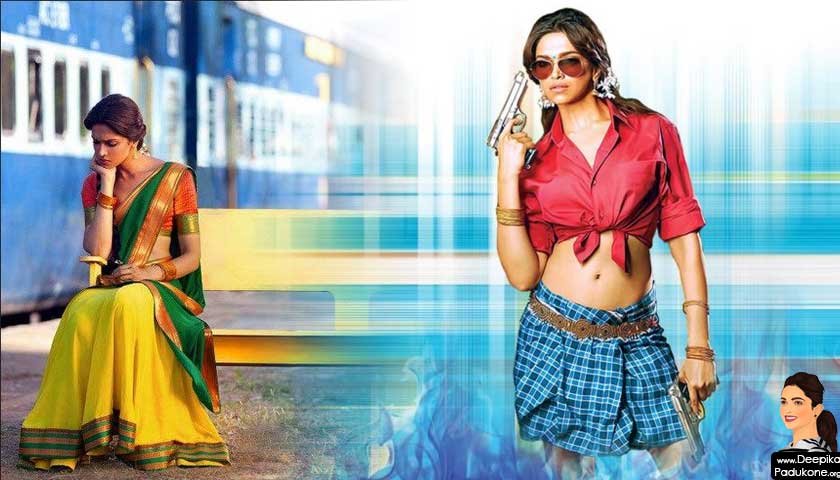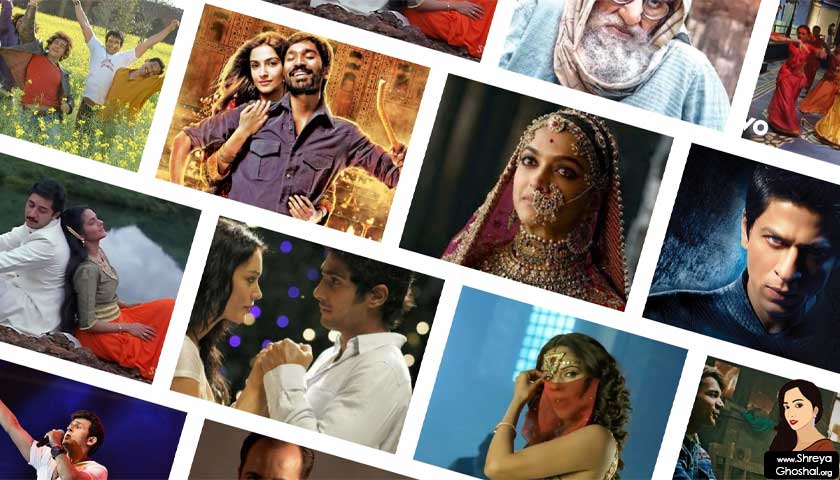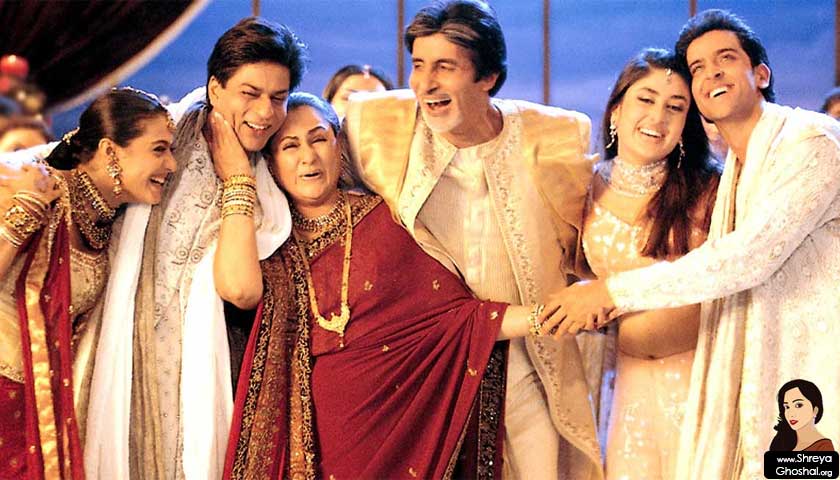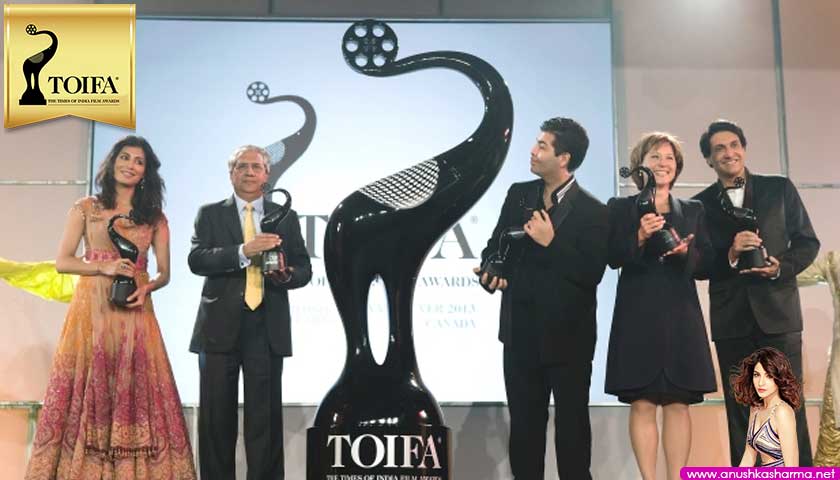What does Deepika Padukone look hotter in: a half-saree or a checked lungi?
The actor is carrying off the funky and the traditional style amazingly well in the poster of her next film – Chennai Express
Deepika Padukone has given a wacky twist to the simple South Indian lungi. The lungi that she has teamed up with casual kolhapuris is making her look like a stylish goon – one of those hot hooligans you are willing to forgive simply ‘coz they are irresistibly sexy. In fact, her look also takes us back to Mithun Chakraborty’s Krishnan Iyer MA act in Agneepath (remember?). But trust Deepika to strike a perfect balance between taking style risks and opting for the conventional route. So if on one hand, she dazzles by looking like a stylish naariyal paaniwali, on the other, she gets our style vote by wearing a traditional half-saree.
In the half-saree, she looks like a coy and demure chick, who can warm the cockles of every guy’s heart. The vibrant green and yellow contrast is making her look super ethnic.
So which avatar do you like better – the gorgeous half-saree avatar or the funky lungi look?
India’s Lungi
In India, the lungi was traditional dress of Austro-Asiastic and Dravidian origion people. The customs behind wearing lungis vary by state. It could be worn with or without the traditional unsewn kaupinam or later-era sewn langot, both of which are type of traditional loincloth undergarments.
In Kerala, the lungi is generally colourful and available in various designs, and it is worn by both men and women. It is also called Kaili. Physical laborers typically use it as a working dress. A Kerala dhoti is plain white and known as mundu, and it often bears golden embroidery (known as “kasavu” mundu), especially at the border; it is worn as formal attire and on ceremonial occasions like weddings, festivals, etc. Saffron-coloured mundus are known as kaavi munde. The men sometimes tuck up their mundus (Kerala dhoti) or lungis with the bottom of the garment being pulled up and tied back on to the waist. This would mean that the mundu (Kerala dhoti) or lungi only covers the body from the waist to the knees.
India’s Saree
A sari (sometimes also shari or misspelled as saree) is a women’s garment from the Indian subcontinent that consists of an unstitched drape varying from 4.5 to 9 metres (15 to 30 feet) in length and 600 to 1,200 millimetres (24 to 47 inches) in breadth that is typically wrapped around the waist, with one end draped over the shoulder, partly baring the midriff. There are various styles of sari manufacture and draping, the most common being the Nivi style, which originated in the Deccan region. The sari is worn with a fitted bodice commonly called a choli (ravike & kuppasa in southern India, and cholo in Nepal) and a petticoat called ghagra, parkar, or ul-pavadai. In the modern Indian subcontinent, the sari is considered a cultural icon.
Jan.09.2013 – bollywoodlife.com




